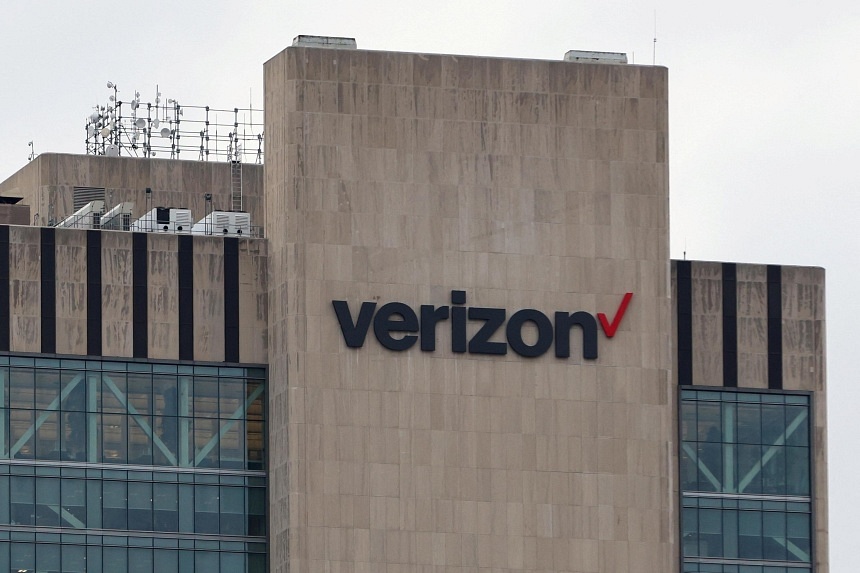
Similar Posts
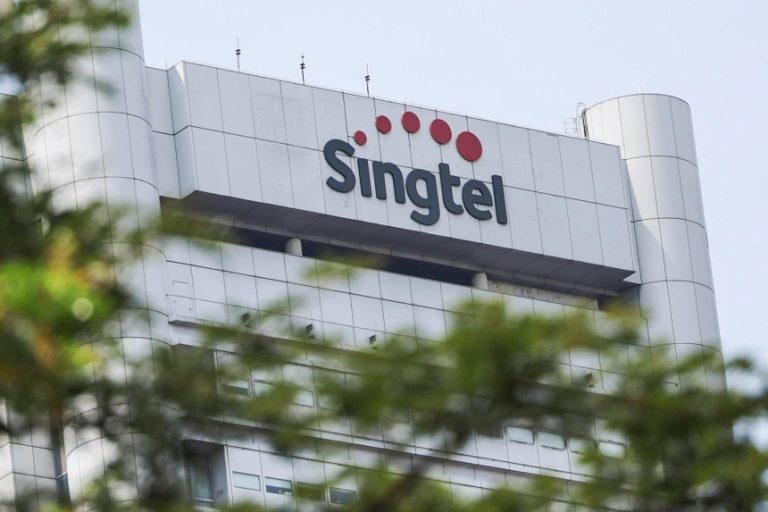
SINGAPORE – Singapore Telecommunications Ltd., Singapore’s largest mobile carrier, was breached by Chinese state-sponsored hackers this summer as part of a broader campaign against telecommunications companies and other critical infrastructure operators around the world, according to two people familiar with the matter.
The previously undisclosed breach was discovered in June, and investigators believe it was pulled off by a hacking group known as Volt Typhoon, according to the two people, who asked not to be identified to discuss a confidential investigation.
Officials in the US, Australia, Canada, the UK and New Zealand – the “Five Eyes” intelligence-sharing alliance – warned earlier in 2024 that Volt Typhoon was embedding itself inside compromised IT networks to give China the ability to conduct disruptive cyberattacks in the event of a military conflict with the West.
The breach of Singtel, a carrier with operations throughout South-east Asia and Australia, was seen as a test run by China for further hacks against US telecommunications companies, and information from the attack has provided clues about the expanding scope of suspected Chinese attacks against critical infrastructure abroad, including in the US, the people said.
In an e-mailed response to queries from Bloomberg News, Singtel did not directly address questions about the alleged breach. “We understand the importance of network resilience, especially because we are a key infrastructure service provider,” the company said. “That’s why we adopt industry best practices and work with industry-leading security partners to continuously monitor and promptly address the threats that we face on a daily basis. We also regularly review and enhance our cybersecurity capabilities and defences to protect our critical assets from evolving threats.”
A spokesperson for the Chinese Embassy in Washington, Liu Pengyu, said he was not aware of the specifics, as relayed by Bloomberg, but that in general, China firmly opposes and combats cyberattacks and cybertheft.
The US is currently battling its own suspected Chinese attacks of political campaigns and telecommunications companies. Officials have described the telecom breaches as one of the most damaging campaigns on record by suspected Chinese hackers and one that they are still seeking to fully understand and contain.
In the US telecommunications attacks, which investigators have attributed to another Chinese group called Salt Typhoon, AT&T Inc. and Verizon Communications Inc. are among those breached, and the hackers potentially accessed systems the federal government uses for court-authorised network wiretapping requests, the Wall Street Journal reported in early October.
US intelligence officials think the Chinese hacking group that Microsoft Corp. dubbed Salt Typhoon may have been inside US telecommunications companies for months and found a route into an access point for legally authorised wiretapping, according to a person familiar with their views.
AT&T declined to comment. Verizon did not respond to a request for comment.
Through those intrusions, the hackers are believed to have targeted the phones of former President Donald Trump, running mate JD Vance and Trump family members, as well as members of Vice-President Kamala Harris’ campaign staff and others, the New York Times has reported.
In the case of the alleged Singtel breach, one of the people familiar with that incident said the attack relied on a tool known as a web shell.
In August, researchers at Lumen Technologies Inc. said in a blog post they assessed with “moderate confidence” that Volt Typhoon had used such a web shell. A sample of the malware was first uploaded to VirusTotal, a popular site for security experts to research malicious code, on June 7 by an unidentified entity in Singapore, according to Lumen researchers.
The web shell allowed hackers to intercept and gather credentials to gain access to a customer’s network disguised as a bona fide user, they said.
The hackers then breached four US firms, including internet service providers, and another in India, according to Lumen researchers.
General Timothy Haugh, director of the National Security Agency, said in early October that the investigations into the latest telecommunications breaches were at an early stage. Later in October, the FBI and the Cybersecurity and Infrastructure Security Agency said they had identified specific malicious activity by actors affiliated with the Chinese government and immediately notified affected companies and “rendered technical assistance.”
A spokesperson for the National Security Council last week referred to the “ongoing investigation and mitigation efforts,” but directed further questions to the FBI and CISA.
Singtel uncovered the breach of its network after detecting suspicious data traffic in a core back-end router and finding what it believed was sophisticated, and possibly state-sponsored, malware on it, according to the other person familiar with the investigation.
The malware was in “listening” mode and didn’t appear to have been activated for espionage or any other purpose, the person said, adding that it reinforced a suspicion that the attack was either a test run of a new hacking capability or that its purpose was to create a strategic access point for future attacks.
There is evidence that Salt Typhoon reached the US at least as early as spring 2024, and possibly long before, and investigators tracking the group think it has infiltrated other telecommunications companies throughout Asia, including in Indonesia, Nepal, the Philippines, Thailand and Vietnam, according to two people familiar with those efforts.
The NSA has warned since 2022 that telecommunications infrastructure was vulnerable to Chinese hacking. Volt Typhoon has been active since at least mid-2020, having attacked sensitive networks in Guam and elsewhere in the US with a goal of burrowing into critical infrastructure and staying undetected for as long as possible.
The hacks by both Chinese Typhoon groups have alarmed Western officials and raised concerns about the number and severity of backdoors – a way to get around security tools and gain high-level access to a computer system – that China has placed inside critical IT systems. Those entry points could be used to conduct espionage or prepare the battlespace for use in a potential military conflict with the West.
Chinese hackers have long been accused of conducting espionage attacks against the US – including, most notably, the theft of security clearance applications for tens of millions of US government workers held by the Office of Personnel Management.
But officials say the latest hacks go a step further and in some cases suggest China may be amassing capabilities to disrupt or degrade critical services in the US and abroad.
Paul Nakasone, a retired general who led the NSA for nearly six years until February, told reporters in October that the latest telecommunications hacks by Salt Typhoon were distinguished by their scale, and that the two Chinese groups represent a tremendous challenge for the government. “I am not pleased in terms of where we’re at with either of the Typhoons,” he said. BLOOMBERG
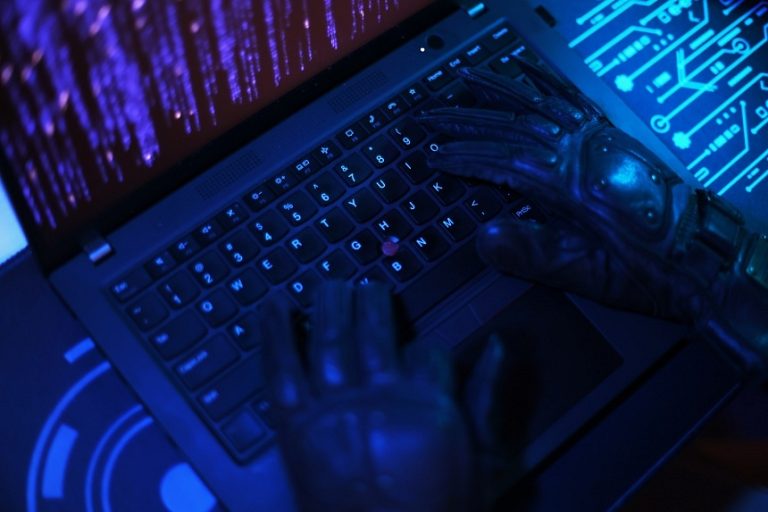
“Ofcom to Detail Action Required from Social Media Companies Over Illegal Content – December Deadline Looming for Compliance”
LONDON – Britain’s media regulator Ofcom said on Oct 17 that it would detail what action it expected social media companies to take over illegal content on their platforms in December, saying it expected swift action or they would face consequences.
Ofcom, which is responsible for implementing the government’s Online Safety Bill, said the platforms would have three months to complete their own illegal harms risk assessments after the publication of its demands.
“The time for talk is over,” Ofcom’s Chief Executive Melanie Dawes said on Oct 17. “From December, tech firms will be legally required to start taking action, meaning 2025 will be a pivotal year in creating a safer life online.”
She said the regulator had already seen positive changes, but expectations were going to be high.
“We’ll be coming down hard on those who fall short,” she said.
Ofcom said better protections had already been introduced by Meta, the owner of Instagram and Facebook, and Snapchat which have brought in changes to help prevent children being contacted by strangers.
Britain’s new online safety regime, which became law last year, requires social media companies to tackle the causes of harm, particularly for children, by making their services safer.
If companies do not comply with the new law, they could face significant fines and, in the most serious cases, their services could be blocked in Britain. REUTERS
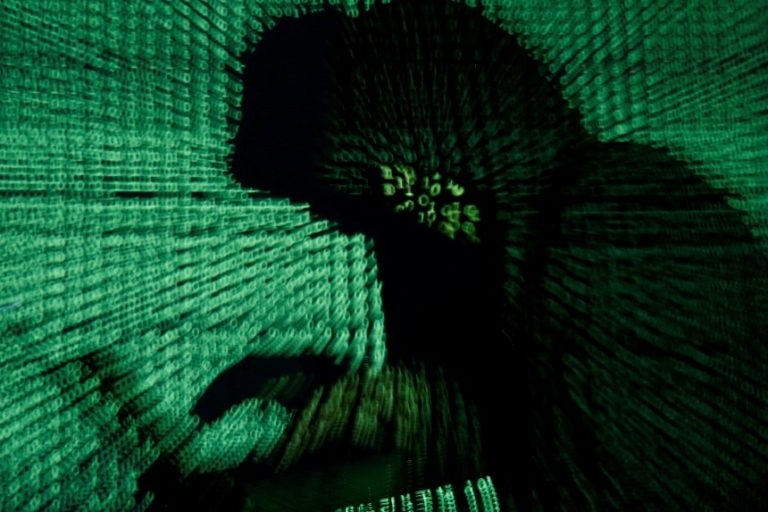
SINGAPORE– The Cyber Security Agency (CSA) is starting a study aimed at raising the productivity and professionalism of cyber-security workers.
It may result in an outline of the competencies required of chief information security officers – known by the acronym Cisos – and their teams of security executives who are in high demand, given their key role amid surging cyber attacks.
Ms Veronica Tan, CSA’s director at safer cyberspace division, told The Straits Times: “For organisations, clarity in standards and desired skills at various roles will mean greater improvements in workforce competency and productivity.”
The study will involve industry players, training institutions and certification bodies, she added.
CSA’s plan comes as companies warm to the idea of designated cyber-security personnel, but sometimes find themselves hindered by limited budgets and a shortage of skilled talent.
Mr Nyan Yun Zaw, the first Ciso at Singapore cyber security advisory firm Athena Dynamics, said: “The industry turnover rate for Cisos is unfortunately pretty high because it is a highly challenging and stressful job.
“When the organisation faces a security incident, this is the first person everyone looks to.”
Chief information security officer, a title that arose up in the 1990s after Citibank appointed one following a cyber attack, have risen in prominence in recent years as some countries made mandatory disclosures of material cyber breaches or attacks.
There have also been high-profile cases of criminal charges taken against such officers, such as at Uber and SolarWinds.
Mr Zaw took on the job at Athena Dynamics just over a year ago when his company expanded it beyond IT infrastructure and support.
His background was a string of roles ranging from engineering, cyber security, programming, to business development and sales in the firm since its set-up in 2014.
He added to his expertise by becoming a Certified Information Systems Security Professional, a label granted by the International Information System Security Certification Consortium, also known as ISC2.
He said: “We felt that there is a need to have a dedicated Ciso since we are also part of a listed company.”
Cisos spend their time securing their companies’ assets, learning new threats and technologies, and working with cross-functional teams, he said.
He added: “Ciso is a management position, so it is important for a Ciso to be knowledgeable in various aspects of cyber ranging from governance, risk and compliance to network security architectures.”
In the 12 months leading up to September, job portal Indeed recorded 48 per cent of its postings in Singapore seeking communication skills in cyber security leaders, compared to 38 per cent specifying expertise in IT, and 16 per cent in information security.
Around the same time, the number of postings for such roles on its portal dropped 36 per cent, suggesting that firms might be filling positions through internal promotions or team restructuring, said Mr Saumitra Chand, Indeed’s career expert.
“This decline may be due to the demanding nature of leadership positions like Cisos, which require high levels of expertise and specialisation,” he said.
To help small and medium-sized enterprises (SMEs) or non-profit organisations that cannot afford designated security personnel, CSA launched its CISO-as-a-Service (CISOaaS) scheme in February 2023.
It has received about 200 applications so far.
Organisations tapping the scheme can use CSA’s panel of 19 vendors to audit their cyber health and guide them to attain CSA’s Cyber Essentials and Cyber Trust marks, with up to 70 per cent subsidies.
CSA is planning updates to the two marks to reflect new risks in cloud, operational technology and Artificial Intelligence (AI), said Ms Tan.
Digital agency Digipixel, which has used CISOaaS, said achieving both trust marks helped it gain trust from customers.
Its director, Mr Leon Tan, said: “Pooled services can sometimes lack industry-specific context, but our collaboration with CSA has been a productive exchange.”
Mr Dave Gurbani, chief executive at CyberSafe, an appointed vendor, said: “We start by conducting a cyber-security health plan, like a doctor’s check-up.”
The firm then helps its mostly SME clients work through their internal controls, configurations, policies, and training to pass the audits for CSA’s marks.
“Many SMEs still think of cyber security in terms of anti-virus tools or maybe a firewall. To put it simply, that’s like thinking you’re ready for the day just because you have your socks and shoes on,” Mr Gurbani said.
Gaps that frequently show up include outdated systems, misconfigurations from third-party vendors, and weak access controls like shared passwords and lack of Multi-Factor Authentication.
“Without guidance, these vulnerabilities can be hard to recognise and fix,” Mr Gurbani added.
Another vendor, Momentum Z, takes firms calling on the CISOaaS service through a three-pronged assessment of employees’ cyber-security basics, company’s processes and policies, and cyber-security infrastructure such as firewall, antivirus, back-up data use and endpoint security.
Chief executive Shane Chiang said he has had clients that have not changed passwords for six years, or who had been granting external vendors remote access to their network with no inkling.
He said: “’Clients are often surprised to learn the vulnerabilities in their systems, which reinforces the importance of having a Ciso to bring structure and foresight into cyber security.”
CSA’s 2023 cyber security health survey released in March noted that only one in three organisations have fully implemented at least three of CSA’s five categories of recommended measures.
More organisations need help with knowing what data they have, where the data is stored and how to secure the data, CSA’s Ms Tan said. Businesses are also weak at safeguarding their systems and networks against malicious software, as well as guarding access to data and services.
She urged more organisations to tap CSA’s tools to up their game, adding: “Unless all essential measures are adopted, organisations are still exposed to unnecessary cyber risks, especially as they accelerate digitalisation and adopt fast-evolving technologies such as AI.
“Partial adoption of measures is inadequate.”

WASHINGTON – A sophisticated breach of US telecommunications systems has extended to the presidential campaigns, raising questions about the group behind the attack and the extent of its efforts at collecting intelligence.
It was unclear what data was taken in the attack. The far-reaching operation has been linked to the Chinese government and attributed to a group experts call Salt Typhoon.
Investigators believe hackers took aim at a host of well-connected Americans, including the presidential candidates – reflecting the scope and potential severity of the hack.
Here’s what to know.
What is Salt Typhoon?
Salt Typhoon is the name Microsoft cybersecurity experts have given to a Chinese group suspected of using sophisticated techniques to hack into major systems – most recently, US telecommunication companies.
The moniker is based on Microsoft’s practice of naming hacking groups after types of weather – “typhoon” for hackers based in China, “sandstorm” for efforts by Iran and “blizzard” for operations mounted by Russia. A second term, in this case “salt,” is used to denote the type of hacking.
Experts say Salt Typhoon seems to be focused primarily on counterintelligence targets, unlike other hacking groups that may try to steal corporate data, money or other secrets.
What do US officials think Salt Typhoon has done?
National security officials have gathered evidence indicating the hackers were able to infiltrate major telecom companies, including but not limited to Verizon.
The New York Times reported on Oct 25 that among the phones targeted were devices used by former President Donald Trump and his running mate, Senator JD Vance of Ohio. The effort is believed to be part of a wide-ranging intelligence-collection effort that also took aim at Democrats, including staff members of both Vice President Kamala Harris’ campaign and Senator Chuck Schumer of New York, the majority leader.
How serious is this hacking?
National security officials are still scrambling to understand the severity of the breach, but they are greatly concerned if, as it appears, hackers linked to Chinese intelligence were able to access US cellphone and data networks. Such information can provide a wealth of useful intelligence to a foreign adversary like China.
To some degree, the breach represents a continuation of data collection on the types of targets that spies have been gathering for decades. In this instance, however, the sheer quantity and quality of the information Salt Typhoon may have gained access to could put the intrusion into its own category, and suggests that US data networks are more vulnerable than officials realised.
What did the hackers get?
At this stage, that is still unclear. One major concern among government officials is whether the group was able to observe any court-ordered investigative work, such as Foreign Intelligence Surveillance Act collection – a highly secretive part of American efforts to root out spies and terrorists.
No one has suggested yet that the hackers were able to essentially operate inside individual targets’ phones. The more immediate concern would be if they were able to see who was in contact with candidates and elected officials, and how often they spoke and for how long. That kind of information could help any intelligence agency understand who is close to senior decision-makers in the government.
People familiar with the investigation say it is not yet known if the hackers were able to gain access to that kind of information; investigators are reasonably confident that the perpetrators were focused on specific phone numbers associated with presidential campaigns, senior government leaders, their staff members and others.
Like the weather, hacking is never really over, and the Salt Typhoon breach may not be over either. It is also possible that the United States may never learn precisely what the hackers got. NYTIMES
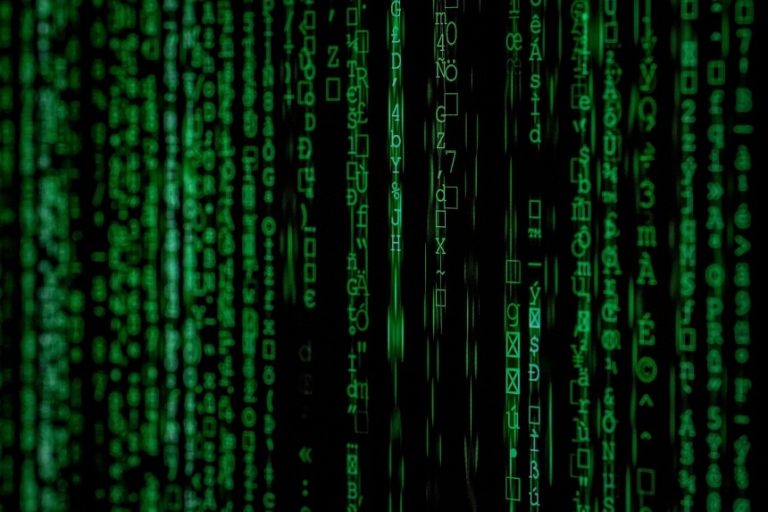
It is a sad but undeniable truth that some of the world’s most profitable products are terrible. That lightbulb realisation dawned on me when I worked on the Financial Times’ Lex column and learnt that the most successful pharmaceutical drugs – for manufacturers if not patients – were those that alleviated symptoms but did not cure the complaint. Eliminate the problem and you kill demand. Where is the financial incentive in that?
Lightbulbs, curiously enough, are another example of the same phenomenon. Why develop everlasting lightbulbs (the Centennial Bulb has been in continuous operation in a Californian fire station since 1901) when you can sell ones that blow periodically? Economic theory suggests that these inefficiencies should be competed away. Real life does not always work that way.
No contract
ST app access on 1 mobile device
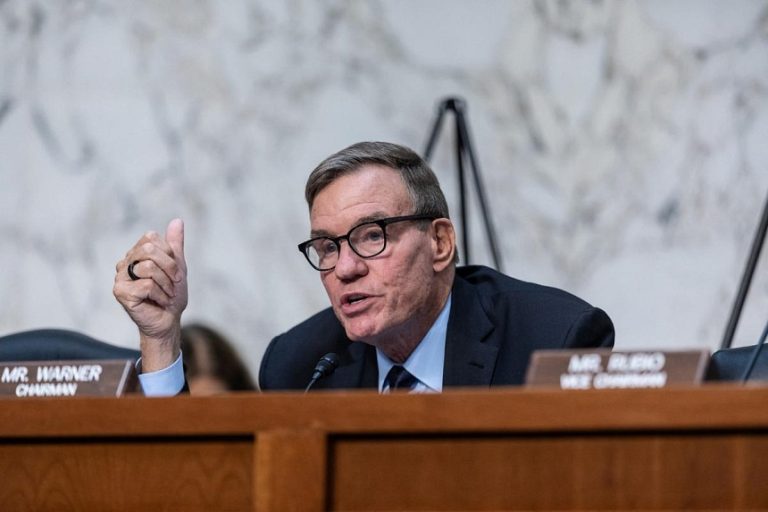
A breach of telecoms companies that the United States said was linked to China was the “worst telecom hack in our nation’s history – by far”, the chairman of the Senate Intelligence Committee told the Washington Post on Thursday.
Earlier this month, U.S. authorities said China-linked hackers had intercepted surveillance data intended for American law enforcement agencies after breaking into an unspecified number of telecom companies.
The hackers compromised the networks of “multiple telecommunications companies” and stole U.S. customer call records and communications from “a limited number of individuals who are primarily involved in government or political activity,” according to a joint statement released by the FBI and the U.S. cyber watchdog agency CISA on Nov. 13.
Beijing has repeatedly denied claims by the U.S. government and others that it has used hackers to break into foreign computer systems.
The Chinese embassy in Washington did not immediately respond to a request for comment from Reuters on Thursday night.
There were also reports Chinese hackers targeted telephones belonging to then-presidential and vice presidential candidates Donald Trump and JD Vance, along with other senior political figures, raising widespread concern over the security of U.S. telecommunications infrastructure.
“This is an ongoing effort by China to infiltrate telecom systems around the world, to exfiltrate huge amounts of data,” Mark Warner told the Washington Post.
The breach went further than the Biden administration has acknowledged, with hackers able to listen to telephone conversations and read text messages, Warner was cited as saying in a separate interview by the New York Times.
“The barn door is still wide open, or mostly open,” he told the publication. REUTERS
